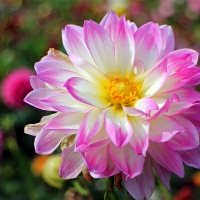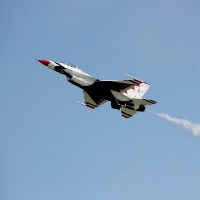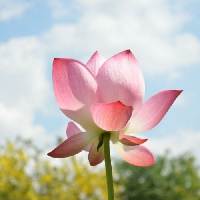What is the journal of Jiangxi University of Science and Technology
What is the journal of Jiangxi University of Science and Technology
The journal of Jiangxi University of Science and Technology is a provincial journal with monthly publication cycle. The journal was founded in 1980. Journal of Jiangxi University of Science and Technology is an academic journal sponsored by Jiangxi University of Science and Technology and in charge of Jiangxi Provincial Department of Education.
The main columns of the Journal of Jiangxi University of Science and Technology include: metal mining, mineral processing, engineering survey, building and environmental engineering, metallurgy, material science, electromechanical engineering and automation, computer and information engineering.
Journal of Jiangxi University of Science and Technology has been collected by HowNet (China), Shanghai Library, Cambridge Scientific Abstracts, VIP (China), P ∨ (AJ) Abstracts Journal (Russia), National Library, CA Chemical Abstracts (America), Wanfang (China).
Honors of Journal of Jiangxi University of Science and Technology: Caj cd standardized award-winning journal, RCCSE Chinese core academic journal, Chinese academic journal (CD version) full-text journals, China Journal Full Text Database (CJFD), China core journal selection database.










